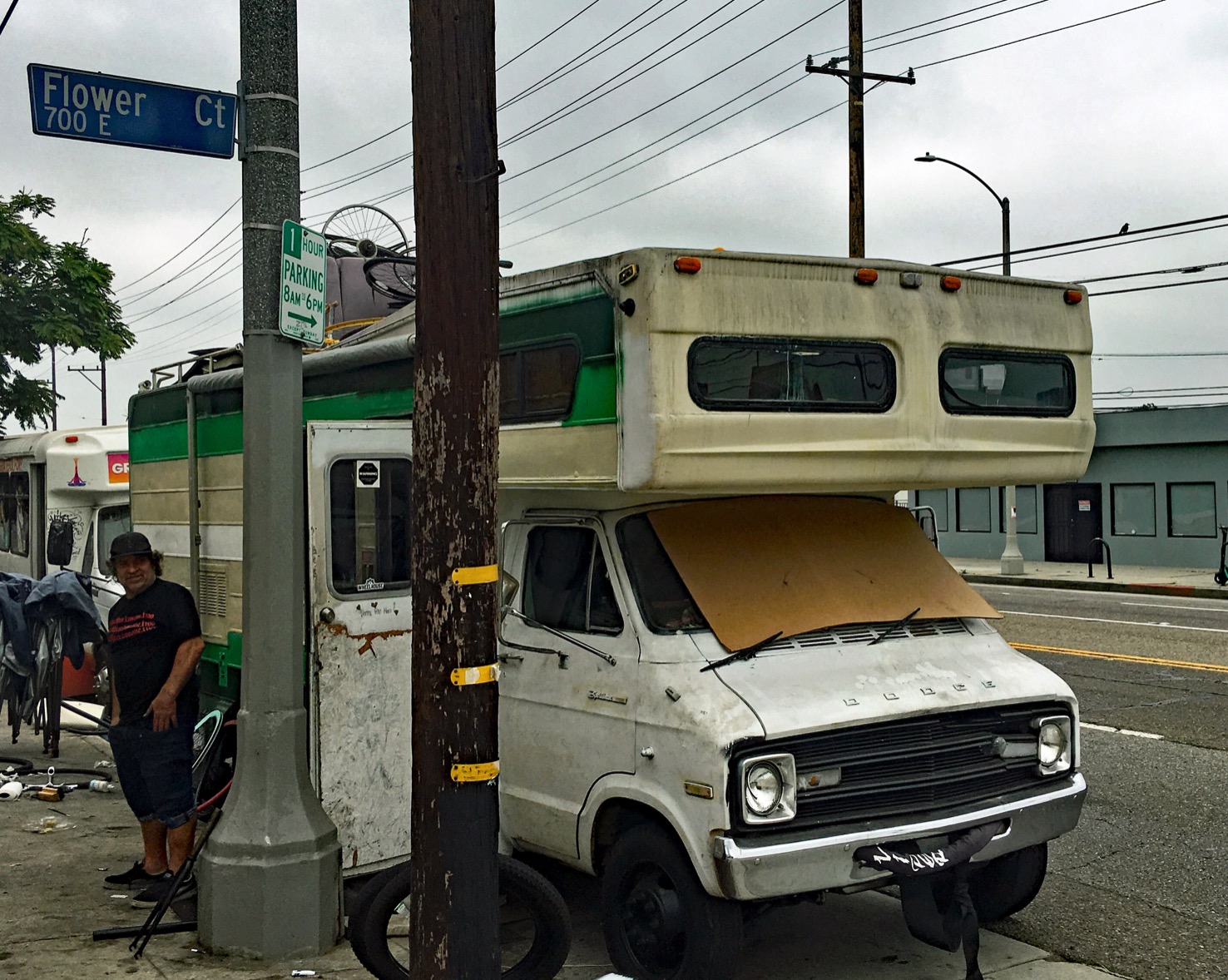Comments
GUEST COMMENTARY - The City should add to the Los Angeles Municipal Code (LAMC) an ordinance to deal with the homelessness encampments in Venice modeled on the ordinance the City of San Diego enacted effective July 31,2023.
The proposed Ordinance would only apply to Venice in the same way that LAMC Ordinance 181413 only applies to Venice. (It allows the City Councilmember for CD 11 by letter to the City Department of Transportation to direct the Department to post OVO signs on streets within Venice designated in the letter.)
A comparison of the San Diego homelessness ordinance, San Diego Municipal Code sections 63.0401 et seq, with the Los Angeles homelessness ordinance, LAMC section 41.18, shows the former sets significantly fewer conditions tor enforcement than the latter and hence make enforcement far easier.
San Diego’s summary of its ordinance states, in part: “If shelter is available, officers may enforce for violations of SDMC 63.0404 on any person camping on public property.” (Emphasis added) This would include, sidewalks, streets and parkways. The underlined provision is plainly intended to comply with the Boise case which holds that cities may not enforce their homelessness ordinances if shelter is not available to the homeless..
San Diego’s summary further states that in the case of “sensitive areas”, such as schools, shelters, parks and transportation facilities the City may enforce the ordinance regardless of the availability of shelter for the homeless.
By contrast the Los Angeles homelessness ordinance, LAMC 41.18, sets forth myriad conditions for its enforcement.
In the case of sidewalks, 41.18 (a) states the ordinance can only be enforced if a tent or encampment leaves less than the 3 feet of sidewalk space the Americans for Disability Act (ADA) requires or is within 10’, 5’, or 2’ of a driveway etc., building entrance or hydrant, respectively. The attached picture of the corner of Lincoln and Flower shows that the tents on the corner do not violate sec. 41.18(a) because they leave 3’ of sidewalk space and are not near a driveway, building entrance or hydrant.
In the case of streets, 41.18(b) states the ordinance can only be enforced if a “person” obstructs a portion of a street open for use by cars and bicycles. Unfortunately, the City Attorney has opined the section does not apply to vehicles, including oversized ones, because they are not persons. This is so, in the City Attorney’s view, even if persons are sleeping and camping in the vehicles. Oversized vehicles line the curbs throughout Venice without violating 41.18(b) because the City attorney has opined that 41.18(b) does not apply to vehicles.

In the case of encampments near “sensitive” uses, Sec. 41.18(c) provides a cumbersome procedure for barring encampments within 500’ or 1,000’ of “sensitive uses” such as schools, day care centers and facilities for the homeless built after 2018. The attached picture shows RVs parked on Lincoln directly across Lincoln from the St. Joseph Center on Lincoln, a facility for the homeless. Yet the RVs do not violate sec. 41.18 (c ) because the Center was established before 2018.
The encampments and oversize vehicles on the Flower-Lincoln corner, Rose Avenue at Whole Foods, Frederick and Lake, Main Street, Washington and Venice Blvds and Penmar Park show LAMC 41.18(a)-(c) has failed to remedy Venice homelessness because none of these encampments and RVs violate the narrow provisions of those sections which have more holes than swiss cheese.
The holes in LAMC 41.18 can be quickly filled by an ordinance which applies only to Venice (like Ordinance 181413 above described) and which would provide that:
“1. If shelter is available for homeless persons, officers may issue citations pursuant to LAMC sec. 11.00 [the LAMC general misdemeanor section ] or against any person camping on public property even if within a vehicle.
“2. Regardless of shelter availability, officers may enforce violations in the following locations:
(a) Within two blocks of K-12 schools.
(b) Within two blocks of a shelter.
(c) Along tracks.
(d) In City parks, where a substantial public health and safety risk is determined.
(e) In any open space, waterway or banks of a waterway.
(f) When there is an immediate threat to public safety or the person is wanted in connection to another crime.”
Homelessness is a complex problem, but an effective homelessness ordinance, humanely enforced, is indispensable for addressing the problem.
(Clark Brown, Member Board of Venice Neighborhood Council. (The views expressed herein are those of the writer and not the Board)







